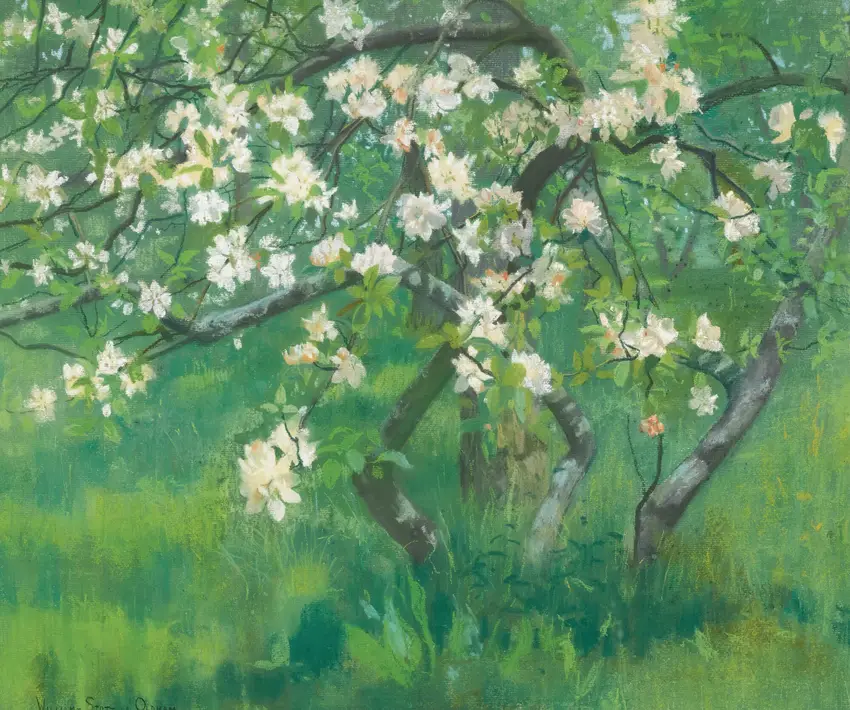William Stott of Oldham
William Stott of Oldham (1857–1900), English, A painter of delicate luminosity and quiet introspection, this English artist bridged the traditions of the Victorian era and the emerging tonalism of the late 19th century. Trained in Paris under the academic rigor of Jean-Léon Gérôme, he absorbed the subdued palette and atmospheric sensitivity of the French plein-air painters, particularly Bastien-Lepage. His work often depicted rural life, infused with a poetic melancholy—fishermen by misty shores, children in sun-dappled fields—rendered with a soft, almost diffused light that blurred the line between realism and impressionism. Though occasionally overshadowed by contemporaries like Whistler or Sargent, his best pieces, such as *The Fisherman’s Daughter* or *Le Passeur*, reveal a mastery of mood, where every brushstroke feels like a whispered thought. Financial struggles and ill health cut his career tragically short, leaving behind a body of work that feels both unfinished and hauntingly complete. Critics later noted how his ethereal approach prefigured elements of British symbolism, though he remained, at heart, a painter of stillness—of moments suspended between breath and breeze.
-

Apple Tree In Blossom
William Stott of Oldham (English, 1857–1900)A vibrant apple tree in full bloom, its petals caught mid-dance by loose, expressive brushstrokes that blur the line between memory and reality.
